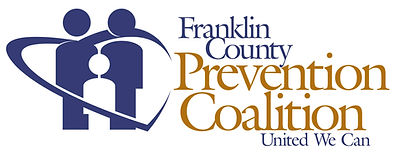
Tobacco
The Tobacco Epidemic: A Global Public Health Crisis
Dangers of Tobacco
Tobacco use remains one of the most significant threats to public health worldwide, claiming over 7 million lives every year. This staggering figure doesn’t even account for the millions more who suffer from long-term illnesses and disabilities caused by tobacco-related diseases.
One of the most dangerous aspects of tobacco is how deceptively harmless it can seem, until it’s too late. Unlike more visibly destructive substances such as cocaine, tobacco often flies under the radar. But make no mistake: all forms of tobacco are harmful, and even minimal exposure poses serious health risks.
Cigarette smoking is the most prevalent form of tobacco use globally. Of the 1.3 billion tobacco users, 80% live in low- and middle-income countries, where tobacco use not only harms health but also deepens poverty. Addiction drives individuals to spend scarce resources on tobacco products rather than on essential needs like food, housing, or education.
And here’s a devastating fact: Tobacco kills up to half of its users who do not quit.
So, ask yourself: is it worth your quality of life? Is it worth your life at all?
Benefits of Quitting Smoking
The good news is that you can quit, and it's never too late. Quitting smoking:
-
Dramatically reduces the risk of premature death
-
Can add up to 10 years to your life expectancy
-
Lowers your risk of heart disease, stroke, chronic obstructive pulmonary disease (COPD), multiple types of cancer, and infertility
-
Improves your overall well-being and quality of life
But the benefits of quitting don’t stop with you. By quitting smoking, you’re also protecting your family, friends, coworkers, and others from the serious health risks associated with secondhand smoke.
You have the power to break free from tobacco.
You can choose life, health, and a better future, starting today!
Learn More
Use the resources below to deepen your understanding and find tools to support meaningful conversations with your child.
*All resources for these facts are from the World Health Organization and the CDC.*
.jpg)